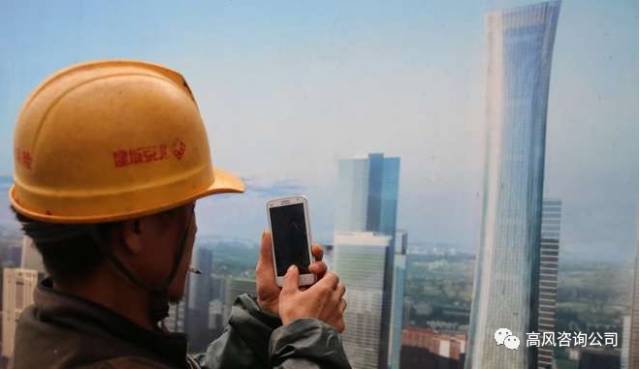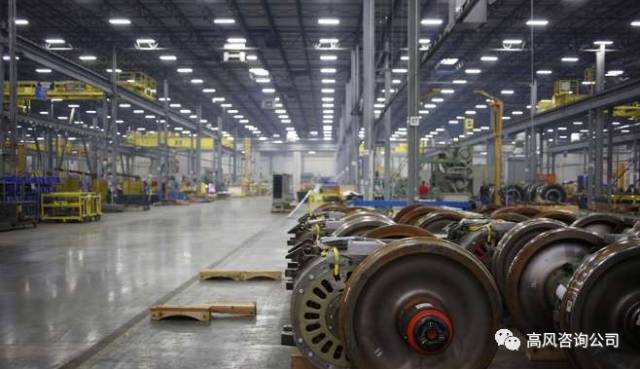UPDATED : Sunday, 27 November, 2016, 7:01pm
Four reasons why Trump will learn a Chinese lesson on how isolationism never works
Edward Tse says the incoming US president, for all his anti-China bluster, must take heed of deep mutual ties and the intertwined nature of their businesse
Donald Trump’s election as the next US president is generating a lot of speculation about US-China relations, especially in investment and trade. People are wondering what the implications will be for both Chinese and US companies.
We can look at this situation in several ways.
First, isolationism can never generate sustainable growth for any country. History has proven this over and over again. The Chinese learned this the hard way in the past.
After the completion of Zheng He’s “expeditions to the South Seas”, the Ming dynasty closed off China from the rest of the world. This became the starting point for China’s centuries-long decline. Ironically, while contemporary China continues to open up, Trump is advocating closing off the US, the nation that gave birth to the modern global open trade system.

Study: US-China investment ties are bigger and deeper than anyone thought
Second, while the US is still the largest economy in the world (25 per cent of the world’s GDP), it has less than 5 per cent of the world’s population. China has 15 per cent of the world’s GDP but more than 18 per cent of its population, and is taking an increasingly prominent leadership role. China has become the world’s largest trading nation and is likely to remain so regardless of Trump’s trade policies with Beijing.
China is not taking a passive approach to strengthening its role in world trade. The “One Belt, One Road” initiative, as a leading example, will increasingly impact a large part of the world. And this will happen with or without the involvement of the US (and Japan). According to Reuters, President Xi Jinping (习近平) said China’s trade with countries participating in the belt and road initiative had already surpassed US$1 trillion in 2015, which is almost twice the size of the five-year infrastructure programme (around US$550 billion) that Trump proposed.
On November 10, Trump’s -adviser and former CIA director, Jim Woolsey, wrote in the Post that he thinks the US has made a blunder in not joining the Asia Infrastructure Investment Bank. I agree.

How China can turn the tables on Donald Trump’s America
China’s domestic market will continue to grow, possibly somewhat slowed by Trump’s protectionist initiatives and anti-China trade policies, if they are indeed enacted. But it is unlikely that China would crash. The continued growth and evolution of China’s market and the emergence of a large middle class will continue to be a major source of value creation for many US companies, and those of other countries as well. Take the automotive industry, for example: it has become a major market for General Motors and Ford (as well as the German “Big Three”). Same for Apple, Starbucks, Nike, General Electric and Honeywell.
Third, while some US companies may consider moving some of their manufacturing from China back to the US, major “reshoring” moves are unlikely. Moving manufacturing, especially the type that is technologically involved, is not a trivial matter. It is not only about costs, it’s also about quality and responsiveness. Manufacturing supply chains are highly complex and often involve multiple layers of suppliers. A manufacturer cannot simply move locations at will, as they must ensure that the rest of their supply chain is willing and able to join them.
It has taken China decades to build up the clustering capabilities around the country that have made it the world’s manufacturing hub. In the electronics industry, for instance, where the US only has a minute manufacturing footprint, it will take it a long time and a lot of resources to accomplish the same, if at all.

Apple, Donald Trump, and why it’s hard to finger blame for America’s manufacturing decline
Even if there is a large enough group of companies willing to move their manufacturing back to the US, it cannot happen overnight. Manufacturing is also trending more and more towards automation. So the notion that thousands of jobs can be created simply by becoming a manufacturing base is overly simplistic and may not be entirely true. Would the Americans who voted for Trump based on this promise of an American manufacturing renaissance have the patience to wait?
Four years is not a long time in the bigger scheme of things, but it will be difficult for Americans to pick up manufacturing again in a big way after it has been hollowed out over the past several decades. Many required capabilities are simply not there any more.
Fourth, while manufacturing should be a core part of any major, sustainable economy, economic value increasingly comes from services and business model innovations. Many of these are digital or internet plays, making it harder to apply “tariffs” on these “imports”.
Chinese companies are increasingly becoming prominent players in these sectors. In fact, the leading Chinese digital players are closer to their American counterparts (in Silicon Valley, for instance) in terms of company culture, values and organisational forms, than the hierarchy in Beijing. Many Chinese digital firms receive investments from US-headquartered venture capital funds and vice versa. China and the US are much more intertwined than many people recognise.
Campaign promises to generate “talk value” is one thing but changing public policies is a different story. Given the important and intricate relationship between the US and China, Trump will have to consider a full set of factors when he and his advisers decide on the direction and substance of their policies. Many American multinationals are benefiting from China’s rise as major consumer and industrial economy. So are many US-headquartered venture capital and private equity funds. When Chinese invest in US companies, more often than not they have maintained employment in the US, or even increased it.
Chinese direct investment in US to top US$10 billion for third year in a row While globalisation may seem to have taken a somewhat backwards step these days, the fundamentals for more globalisation, and regionalisation, are still strong.
Alibaba Group vice-chairman Joe Tsai had it right when he said at a recent conference: “The relationship between China and the US will define our century. If you don’t have Chinese consumers being engaged and buying American products, and Chinese investors can’t invest in the US and create more American jobs, then you’d be in trouble.”
Hundreds of millions of people have been lifted from poverty in the past couple of decades. In a way, it is understandable why economic nationalism has found its way back, but it is hard to see how it would replace globalisation in a grand and sustainable way.
Edward Tse is founder and CEO of Gao Feng Advisory Company, a global strategy and management consulting firm with roots in Greater China. He is author of China’s Disruptors
This article appeared in the South China Morning Post print edition as: Made in America?

